A bird strike detection system is used at airports to help prevent birds from hitting airplanes. Bird strikes, when birds collide with planes, can be dangerous, especially during takeoff and landing, and can cause serious damage to engines and other parts of the plane.
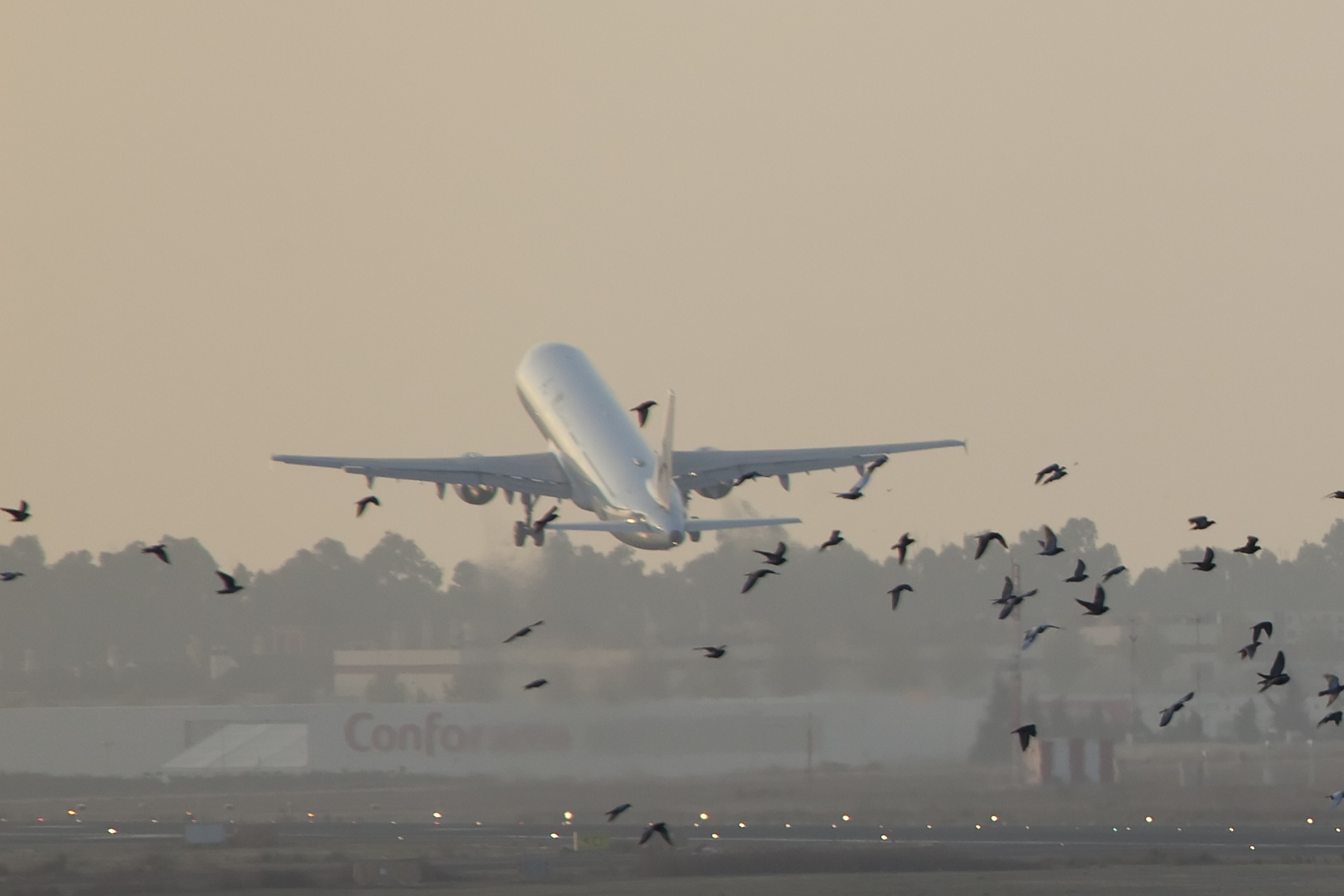
Photo: Maarten Visser via Wikimedia Commons
To help avoid these collisions, bird strike detection systems use various radar, cameras, and sensors to spot birds around the airport.
Latest bird strike detection technologies
Most of the latest technologies for detecting and deterring bird strikes include advanced sensors, artificial intelligence, and radar systems. Some of the newest bird strike detection technologies are:
Volacom’s BCAS Air
This system was introduced in 2022. It uses advanced acoustic sensors to monitor the airspace around airport zones continuously. The system processes data from the sensors to track bird behavior and determine risks. The information is used to provide real-time alerts to airport authorities, allowing them to take action before a bird strike occurs. When birds are detected in high-risk areas, Volacom BCAS Air activates an acoustic deterrence system.
This system emits sound signals that are designed to be unpleasant but harmless to birds, encouraging them to move away from the protected zones. These signals mimic the sounds of predators or distress calls to create a bird-free zone around critical areas like runways. Also, BCAS Air operates 24/7 without human intervention. The system works continuously, regardless of weather conditions or time of day.
Many airports use this system for its ability to autonomously monitor and reduce bird strike risks. Although specific airports aren’t listed, it has been successfully implemented in airports across Europe and Africa.
The Edge Company’s BCMS
The Edge Company’s BCMS is an advanced technology designed to detect and upcoming bird strikes at airports. The system utilizes artificial intelligence to monitor wildlife, especially birds, in the present time, providing continuous data about species identification, population counts, and bird movements. The system’s AI can process video data from cameras to recognize different bird species from distances up to 1 km, helping to prevent potential bird strikes.
It has been tested in various locations, including the UrbanV Test Vertiport UV-0 in Fiumicino, Italy, and in Alberta, Canada, where it has demonstrated success in wildlife protection, saving approximately one million birds in one year. The BCMS technology was first introduced in 2024 following its pilot tests and is continuously being refined to meet the safety needs of both aviation and wildlife protection.
Accipiter Radar’s 3D Technology
Accipiter Radar’s 3D technology is designed to enhance aviation safety by tracking bird movements in three dimensions around airports. It uses high-resolution radar to monitor the trajectories of birds and aircraft simultaneously, even in challenging conditions like fog or nighttime, where visual observations are less effective. This technology integrates real-time data collection with intelligent software tools to detect, track, and analyze bird activity.
The system is part of Accipiter’s Surveillance-to-Intelligence™ (S2I) platform, which helps airports assess risks and implement effective bird strike mitigation strategies.
Therefore, it includes radar-activated deterrent systems to proactively reduce bird activity in critical zones, ensuring safer airspace for aircraft operations.
How bird strike detection systems work
Bird strike detection systems work by using advanced technologies to monitor and analyze bird activity near airports, flight paths, and other high-risk areas. These systems are designed to detect birds in real-time and provide data that helps reduce the risk of collisions with aircraft.
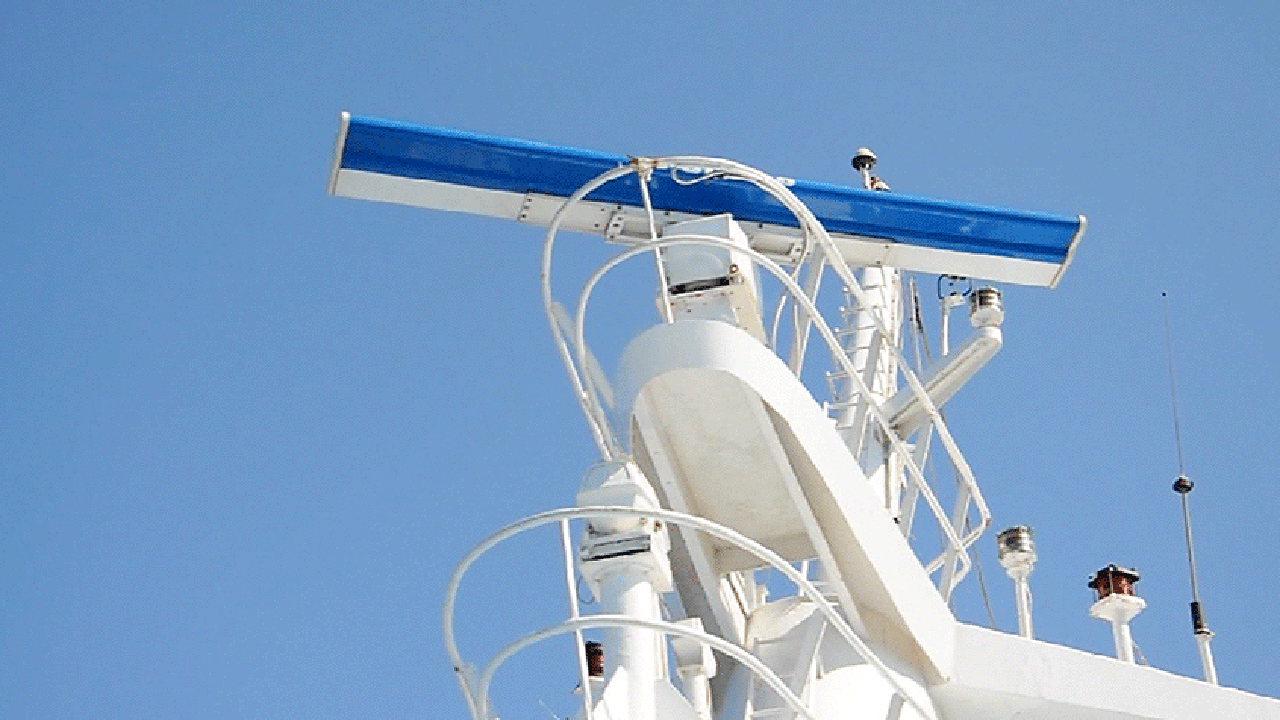

Photo: Lambtron via Wikimedia Commons
Therefore the step by step process of how the bird strike detection system works is described below:
Detection:
Bird strike detection systems utilize various types of sensors to identify the presence of birds. Common technologies include:
-
Radar
Radar Tracks the location, speed, altitude, and direction of bird movements over large areas, even in poor visibility or nighttime conditions.
-
Thermal Cameras
Thermal cameras detect birds based on their heat signature, making them effective during low-light conditions.
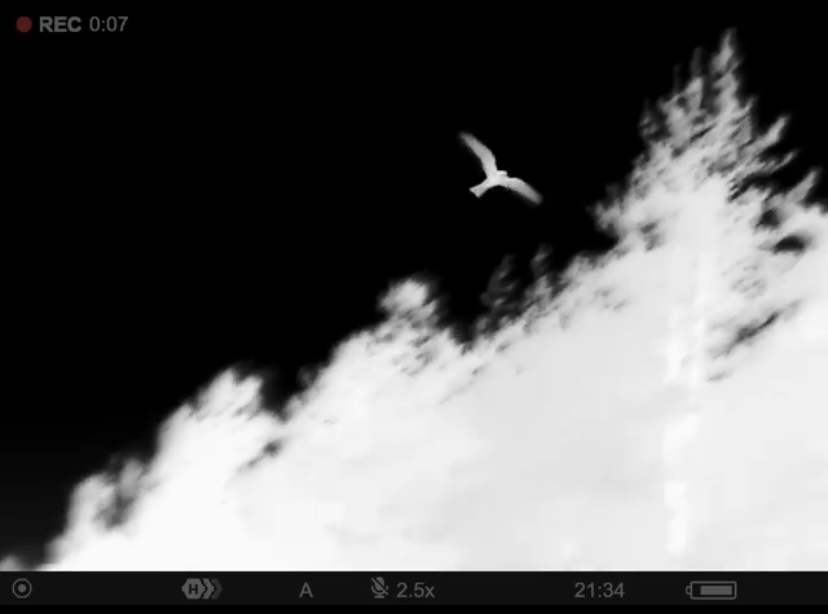

Photo: West Midlands Ringing Group via Wikimedia Commons
-
Acoustic Sensors
Acoustic sensors capture the sounds made by birds, enabling species identification and behavior monitoring.
Data Processing and Analysis:
Bird detection systems analyze data to track where birds fly and if they get too close to planes. Tools like Volacom’s BCAS and Accipiter Radar’s 3D technology create detailed 3D maps of bird movements. These maps show their paths and help predict if birds might cross with aircraft, giving airports time to take action to avoid accidents.
Alerting and Reporting:
When the bird detection system detects a potential risk, it immediately alerts air traffic controllers or wildlife management teams. Dashboards, integrated safety systems, or direct communication channels display these alerts to operational staff. This helps the team quickly respond and take necessary actions to avoid bird strikes.
Bird inhibitor:
Many systems integrate deterrence methods to minimize bird presence in critical zones, such as:
-
Acoustic Signals
Acoustic signals emit predator or distress sounds to scare birds away from the critical zones.
-
Laser Systems
Laser systems create visual deterrents to alter birds from airport runways.
Integration with Airport Safety Protocols:
- These systems often integrate with wildlife hazard management programs and airport safety systems to coordinate responses and long-term planning.
- Experts use the collected data for detailed wildlife hazard assessments and to develop strategies to reduce bird activity near airports.
Therefore, bird strike detection systems work throughout these steps.
Bird strike detection system innovations
Urban Air Mobility (UAM) Adaptation
In the context of innovation, Urban Air Mobility (UAM) Adaptation represents a significant step forward in applying bird strike detection technology to the unique challenges of urban aviation. The focus is on creating innovative systems that cater to drones, air taxis, and vertiports operating in crowded city environments. In short, it helps to monitor and prevent collisions between urban aircraft and birds by using radar, AI, and thermal sensors to detect wildlife in real-time.
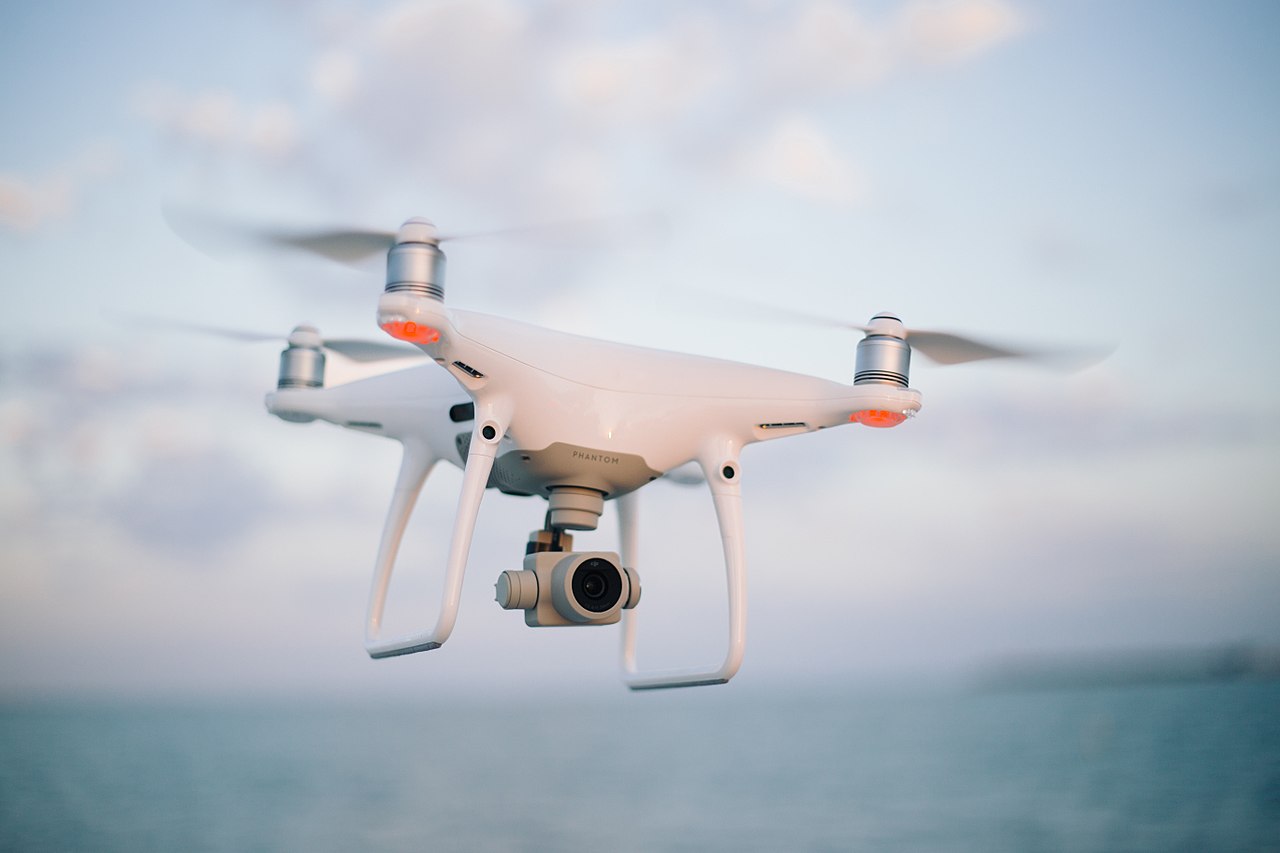

Photo: Josh Sorenson via Wikimedia Commons
Environmental Data Integration
Environmental Data Integration is an innovative approach to prevent bird strikes, combining bird monitoring systems with present time environmental data to predict and mitigate risks. By integrating factors like weather conditions and local wildlife patterns, such as bird migration, bird strike detection systems can predict potential risks to aircraft. For example, these systems can adjust safety protocols during peak migratory seasons when large flocks of birds are more likely to be active, or when certain weather conditions, like low visibility or storms, increase bird movement. This proactive approach ensures that airports prepare for bird activity and take timely action to avoid bird strikes.
Mobile and Modular Systems
Mobile and Modular Systems for bird strike detection are innovative because they are flexible and portable. These systems are portable and easy to set up, allowing airports to monitor bird activity without needing permanent infrastructure. They’re perfect for smaller airports, temporary airfields, or areas like urban air mobility, where permanent systems may not be feasible.
Modular setups can be expanded with additional sensors or radars as needed, making them adaptable and cost-effective. They provide a scalable solution for bird strike prevention, especially during high-risk periods like bird migrations or in areas with changing traffic.
Best bird strike detection systems for airports
There are various bird strike detection systems around the world also it is placed in various places.
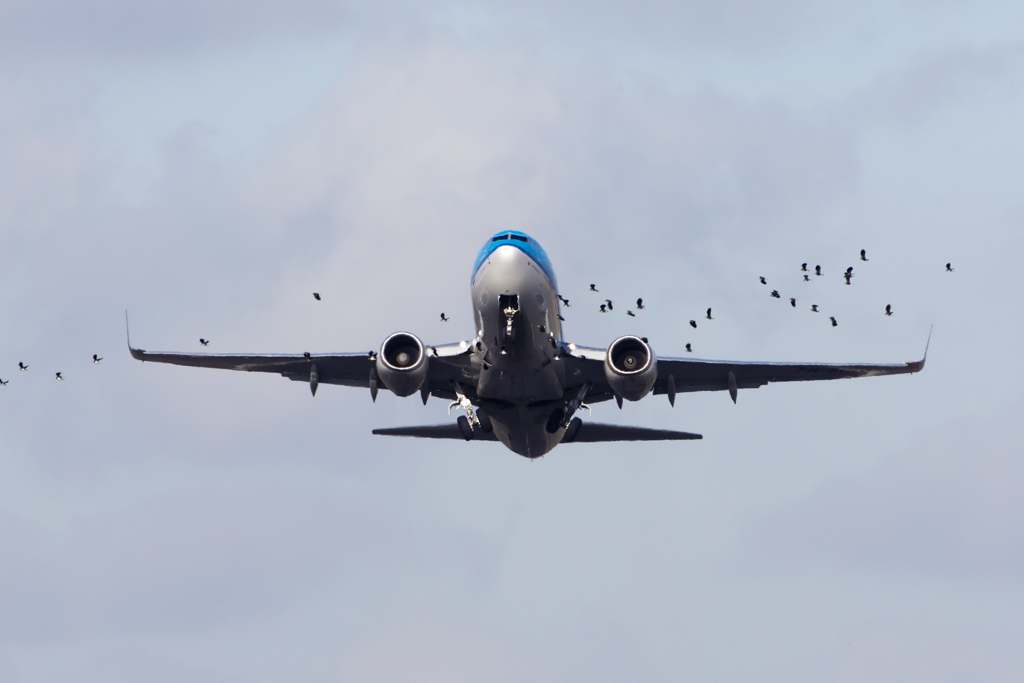

Photo: Maarten Visser via Wikimedia Commons
But for most of the cases the bird strike detection system for the airports should be the primarily most essentially the best. Some of the best bird detection system for airports are listed below:
MERLIN Aircraft Bird strike Avoidance Radar (ABAR)
The MERLIN Aircraft Bird strike Avoidance Radar (ABAR) is a system that helps airports detect and track birds in real time to prevent bird strikes. It uses special radar technology to monitor birds flying up to 18,000 feet.
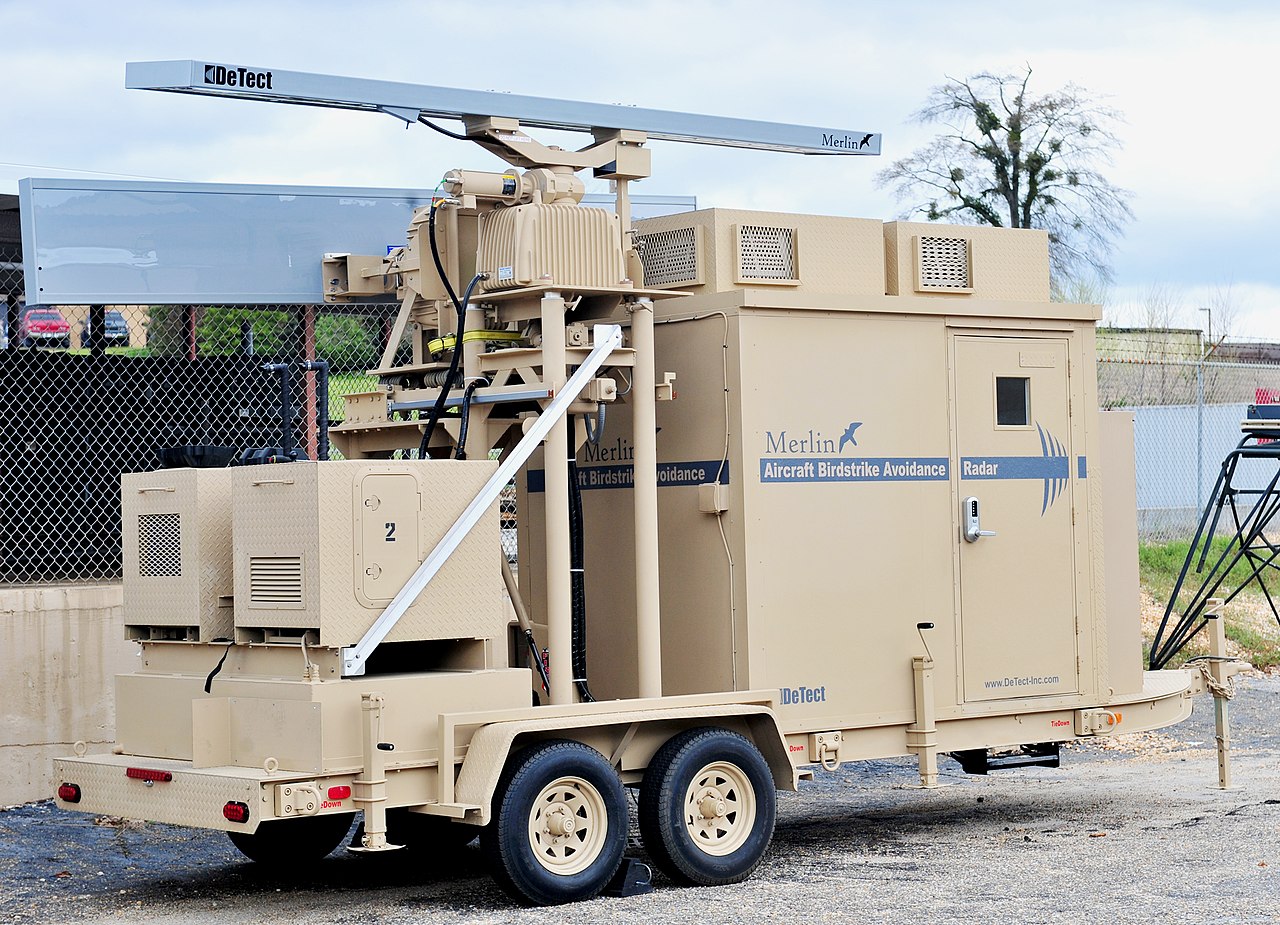

Photo: U.S. Air Force photo, Official United States Air Force Website via Wikimedia Commons
The system gives instant alerts to air traffic controllers and pilots about potential risks and helps manage wildlife near runways. Airports and military bases worldwide widely use MERLIN to improve flight safety. It offers flexibility by allowing permanent installation or relocation to different locations.
Bangers and Screamers
Bangers and Screamers are simple tools used to scare birds away from areas like airports to prevent bird strikes. They create loud noises—bangers sound like gunshots, while screamers produce high-pitched whistles similar to predator calls or distress signals. These noises make birds feel unsafe, encouraging them to leave. These tools can be handheld or part of automated systems that trigger when birds are detected.
Dutch Bird Detection Radar
The Dutch Bird Detection Radar is a system that tracks birds around airports using radar. It can see where birds are, how high they are flying, and the direction they’re moving. This helps airport staff and pilots know when birds are nearby and decide whether to delay or change flight paths to avoid bird strikes. The Dutch Air Force pioneered its use, and authorities are now testing it for civilian airports. The system works automatically and gives real-time data, making it easier to keep flights safe.
Integrating bird detection into aviation safety
Integrating bird detection into aviation safety involves using advanced tools and technologies to track birds around airports, reducing the likelihood of bird strikes. This includes radar, thermal cameras, and AI systems that monitor bird movements in real-time. These technologies send alerts to air traffic controllers and pilots, enabling them to avoid areas with high bird activity by adjusting flight plans or delaying takeoff.
By combining real-time monitoring, and automated systems, airports can reduce bird strike risks, improve safety, and ensure smooth operations while protecting both aircraft and wildlife.
